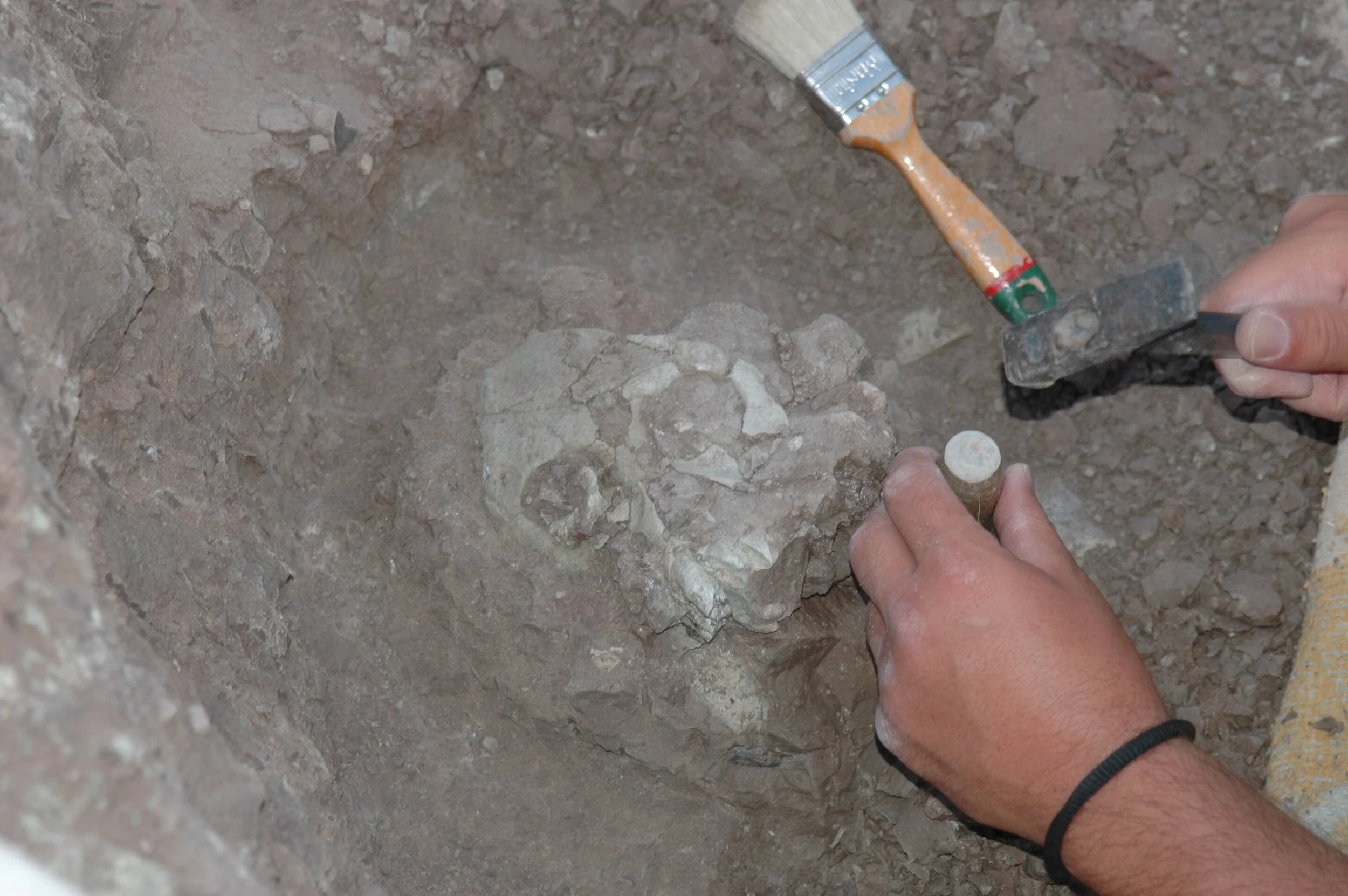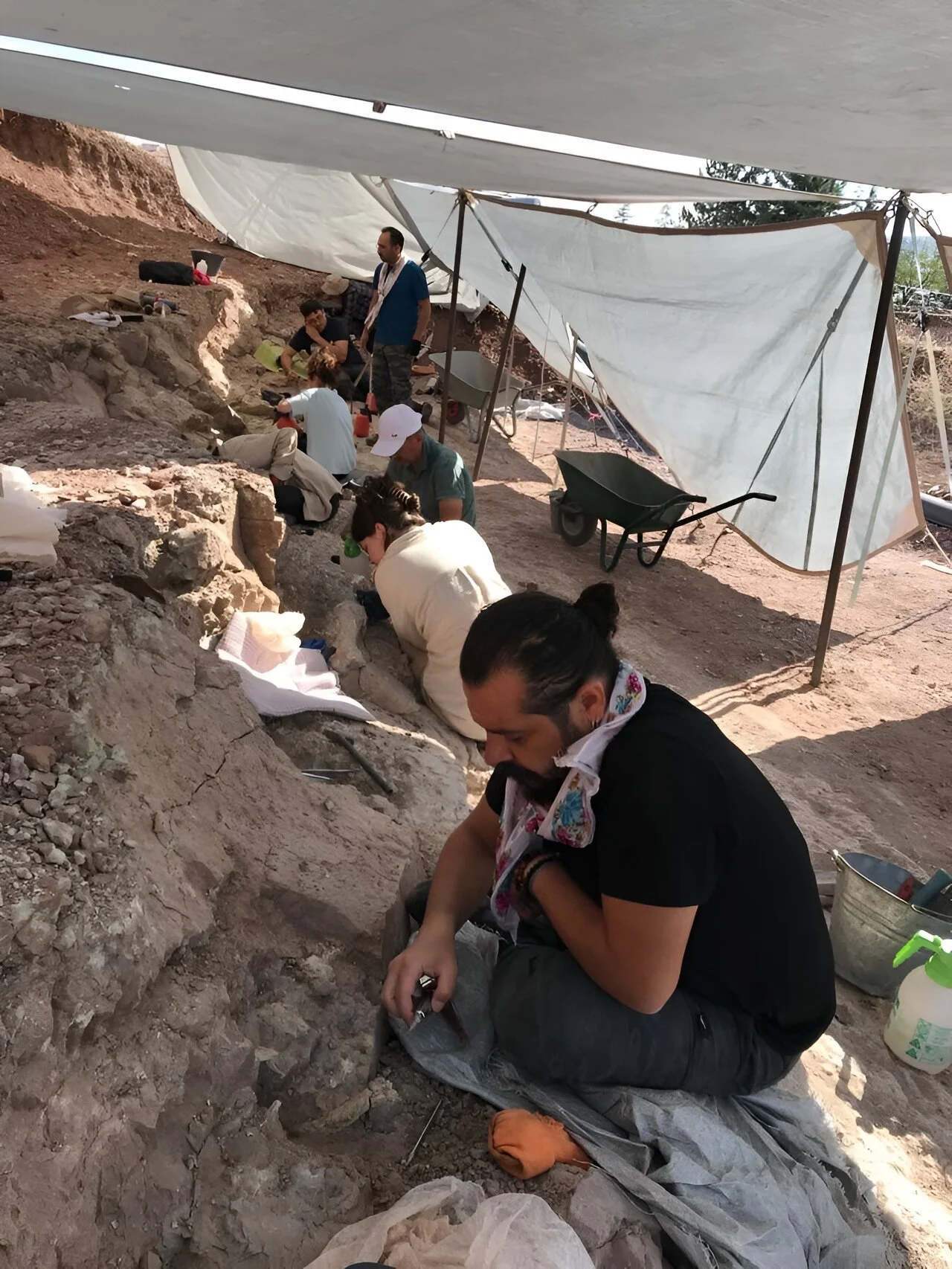Archaeologists this summer found a big common building, a well with timber walls, and a cemetery at an 8th or 9th century monastery near Cookham, Berkshire.
Over the course of the past month, University of Reading employees and students have been excavating the Anglo-Saxon site next to Holy Trinity Church in Cookham.
Key discoveries include:
One of the primary buildings inside the monastery was a sizable timber building with a hearth and internal floor.
A well with other wooden artifacts inside of a preserved wooden barrel-lined shaft.
A sizable, walled monastery enclosure with the River Thames in its front
A cemetery with more than 50 departed people, including children and adults of both sexes, spanning three generations.
The project's director, Professor Gabor Thomas of the University of Reading, stated:
“The discoveries we have made at Cookham in 2023 will help us to paint a much clearer picture of daily life at the monastery. We will need to carry out more detailed analyses of what we have found, but the artefacts unearthed at this year’s dig again show the exceptional quality of preservation at Cookham."
In a test excavation conducted in 2021 by members of the University of Reading's Archaeology Department and volunteers from nearby archaeological societies, the monastery's ruins were first uncovered.
Professor Gabor Thomas
Excavators found an industrial and craft zone that would have provided nuns with food and helped to move imported goods along the River Thames in the summer of 2022, sparking a full-scale dig.
The dig for this season began in early August and ended on September 2. Next summer should see the return of the dig.






























